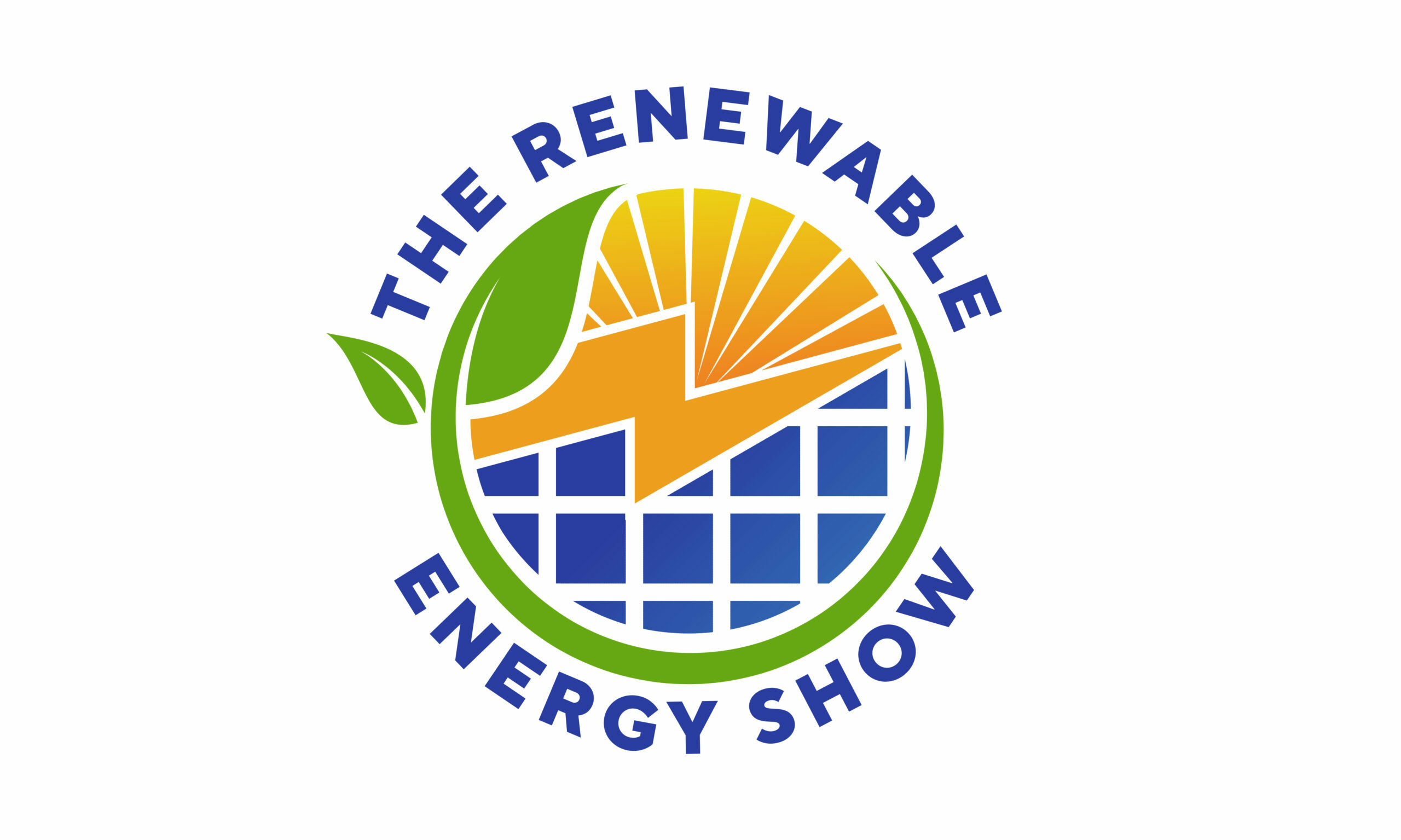If you’ve ever wanted to go solar but felt held back by the upfront cost, your roof not getting enough sun, or simply renting your home, community solar projects might just be the answer you didn’t know you were looking for. These initiatives are quietly reshaping how we tap into renewable energy, turning electricity bills into a chance to support clean power—without the hassle of installing panels on your own property.
So, what exactly is a community solar project? Picture a solar farm or a collection of panels set up somewhere in your town or nearby area. Instead of being tied to a single home, the energy generated feeds into the local grid, and members of the community can buy a share or subscribe to a portion of that energy. In return, they get credits on their electricity bills, effectively reducing their costs while knowing the power they’re using comes from the sun.
Why is this idea catching on? For one, it’s incredibly inclusive. Not everyone has a sunny yard or owns their home, but almost everyone uses electricity. Community solar opens the door for renters, apartment dwellers, and homeowners with shaded roofs to partake in renewable energy. It democratizes access, making solar power more than a luxury for the few.
Another big draw is simplicity. Traditional solar installations mean upfront expenses, maintenance responsibilities, and sometimes complicated contracts. With community solar, the subscription or purchase model means less risk and no installation on your property. You sign up, watch your bills hopefully shrink, and enjoy the knowledge that you’re supporting cleaner energy sources.
On the flip side, it’s important to be mindful of how these projects are structured. Not all community solar programs are created equal. Some might have enrollment fees, long-term contracts, or variable savings depending on utility regulations. That’s why it pays to do a little homework: checking for reputable providers, understanding how credits are calculated, and making sure the program fits your lifestyle and energy use patterns.
From a broader perspective, community solar projects are also a win for the environment and local economies. They encourage investment in green infrastructure and create jobs in solar installation and maintenance. Plus, by spreading the generation of power across multiple sites, they can ease strain on the grid and support energy resilience.
As more communities embrace this model, it’s exciting to imagine neighborhoods powered not just by fossil fuels or individual rooftop panels, but by a shared commitment to a sustainable future. Community solar projects are a down-to-earth, inclusive way to make renewable energy a part of everyday life—turning the sun’s rays into real savings and real change for people who want to do their part, regardless of where they live or what kind of roof they have.
If you’re curious, it’s worth checking if a community solar project is available near you. It’s one of those rare opportunities where tech, community, and environmental goals intersect in a package that’s easy to join and hard to resist. After all, who wouldn’t want to share a little sunshine?
